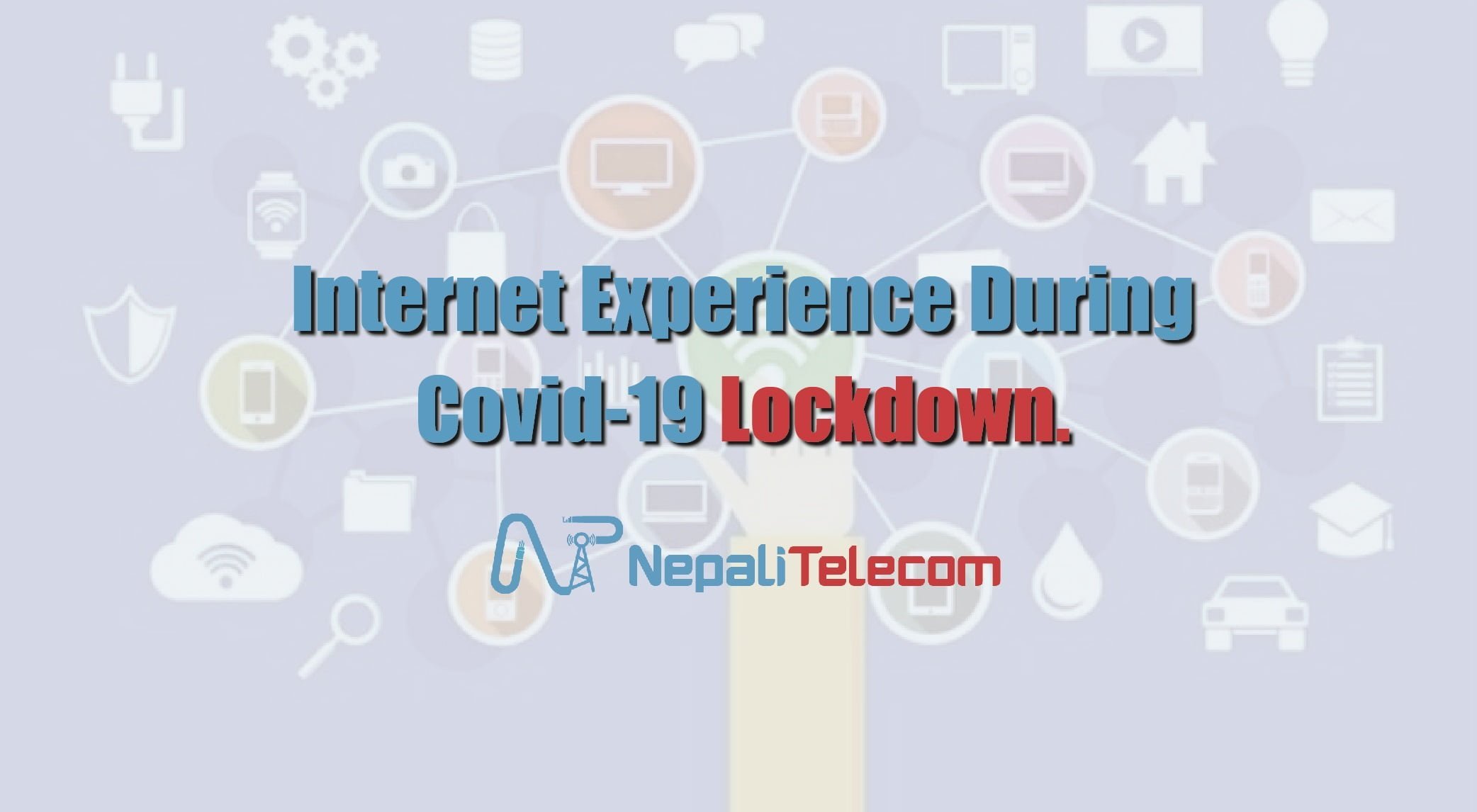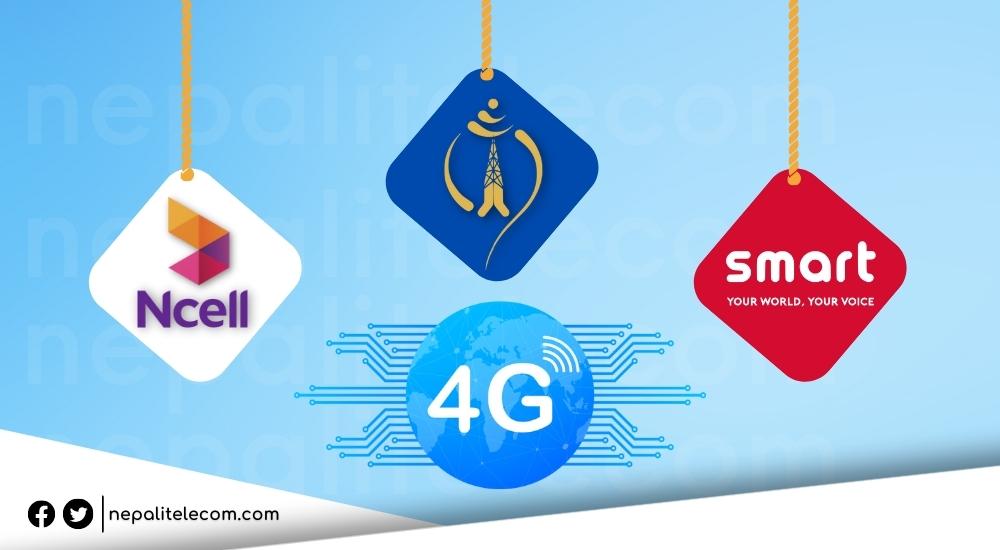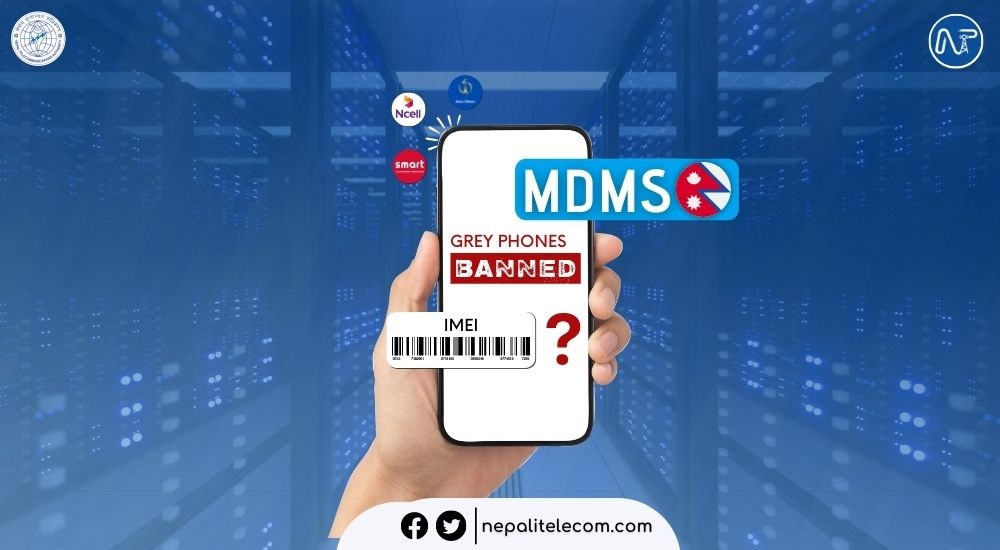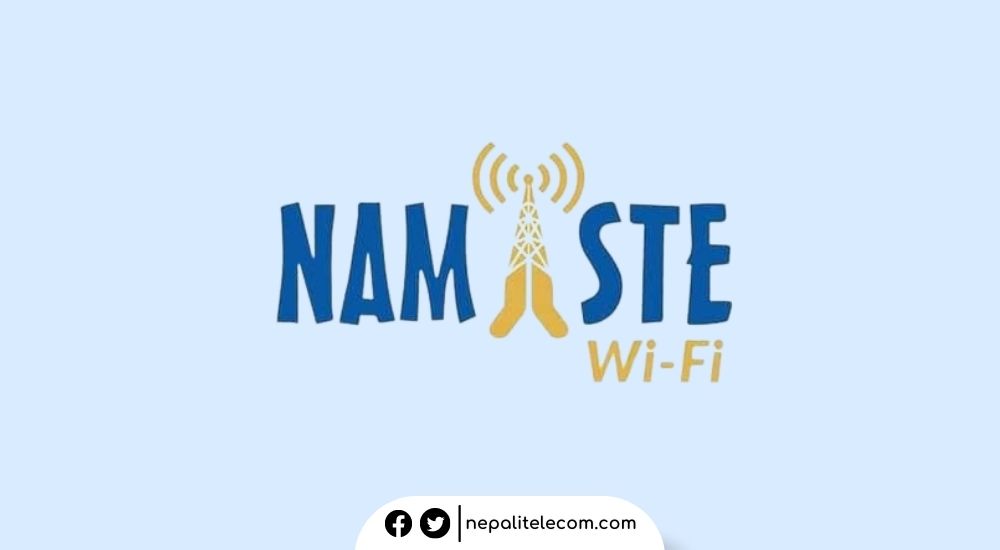The coronavirus pandemic period has been a difficult time for all of us. The prolonged lockdown finally came to ease though the trace of COVID-19 is still around. The Nepal government is reminding us time and again to continue practicing social distancing, and people have now opted to this way of living as new normal.
During the lockdown, almost all the organizations, institutions, businesses, and companies came to rest as everyone was forced to lock themselves in their home. At such an odd situation, the radical increase in the use of the internet was witnessed. The internet became an important part of people’s daily life. It won’t be wrong to say that the internet kept us sane throughout the lockdown period.
Internet during the pandemic
The initial days of lockdown really tested the endurance level of most of us. People were finding it difficult to stay at home all day. We had no idea what to do during self-quarantine, and people were easily getting bored with their monotonous life. Well, some did find a few days exciting as it felt like a relief from their hectic daily routine, but after some time, the relaxation period became exasperating.
With the lockdown period piling up, the internet emerged as a savior for most of the people. The internet not only kept us entertained but it also helped us to learn new skills, new languages, and to continue our work from home.
Most importantly, the internet kept us connected to our dear ones who are physically distant from us. Connecting with loved ones during a difficult situation kept us stable mentally and emotionally.
Let’s look at some benefits and problems that we faced during lockdown regarding the internet experience, and analyze the whole lockdown period.
Benefits
1) Connecting people:
In this difficult situation, everyone worried about their families and friends. People could connect with their families and friends residing far from them via the internet. The Internet was able to keep us close and updated. People used audio calls and video call services via various apps that are accessible on the internet for free such as Viber, Skype, Facebook. Where there is no wifi access, people utilized several data and voice packages. To encourage the communication, telecoms of Nepal provided various offers and discounts on those packages too.
2) Work from home:
The Internet not only helped us to connect with our families and friends but also helped in holding meetings and conferences. The internet made work from home possible. People used various apps to conduct meetings/conferences such as Zoom, WebEx, Google Meet, Skype, Microsoft teams, etc. Interaction with colleagues and business partners helped people continue their job even from home.
Due to the possibility of using the internet for work from home, the enterprises were able to stay strong amid the turmoil. The whole workforce (except for a few on-site personnel) managed to perform their job from home, like the same routine as a normal period. They had to report all of their tasks online and some could even perform remote assistance to their clients. This has led to maintaining their business despite the difficult period.
3) Learning and Staying busy:
Some experienced individuals and experts conducted online training sessions, and workshops to cultivate the habit of learning and developing new skills. Interested people attended such classes and workshops, and gained new knowledge. Such interactions kept their mind busy on nourishing skills. In such leisure time, people also focused on self-care.
They utilized their available time reading e-books, exercising workouts online, watching movies and videos, listening to podcasts, etc. Several global tech companies provided services free of cost, such as Webex for holding meetings and Scribd for reading free books.
Similarly, some Nepali e-learning platforms were launched to enhance e-learning experiences such as Fuse Machine’s Fuse Classroom, Nepal’s first governmental e-learning site ‘Sikai Chautari’, and many more. These activities helped people stay busy with learning and diverted from stressful news.
4) Payment service providers for online transactions:
Working from home was accompanied by online transactions. People opted for mobile banking, internet banking, and digital wallets for cashless transactions. The digital wallets came handy when people had to pay utilities, phone top-up, purchase data and voice packs, and so on. Ncell recently collaborated with online payment gateways and launched its own POS to provide services to their customers directly.
5) Introduction of apps and web portals:
The slow inclination of analog transactions into digital transactions during the lockdown period is giving birth to various useful apps and web portals in Nepal. Various initiations and organizations tried providing service to their customers via apps and web portals, such as NEA came up with an app called NEA for electricity payment-related services, Hamro Patro came up with a site called Hamro Recharge to provide top-up service for Nepalese abroad, and so on.
Problems
Though the internet conveyed many facilities that helped people cope up with the difficult circumstance, people faced some unavoidable issues too.
1) Poor internet connection and support:
A lot of people complained about facing poor internet connection to their respective ISPs during the lockdown. Due to the increase in internet usage during the lockdown period, network congestion occurred as a problem for many.
Poor internet speed caused abrupt disruption of video conferences, poor connectivity outside the country, and more. Several ISPs were criticized for their poor service but unfortunately, ISPs and customer care were unable to provide effective virtual assistance and technical maintenance under odd circumstances. It was a challenge for ISPs in Nepal to provide quality service.
People with shared internet connections among family members faced poor internet connection, even with fixed home broadband. Some people also had to add multiple internet subscriptions in their home as a backup.
Customers were also upset with the internet speed they were getting. They couldn’t enjoy the internet speed as committed by the service provider during the lockdown. Service providers were unable to tackle internet traffic. Fair Usage Policy (FUP) of ISPs also played a key role in internet connection slowdown.
2) Widespread fake news:
People had to suffer terror due to the circulation of fake news and hoaxes during the lockdown. People were unable to differentiate between real and fake news. They couldn’t decide which source is reliable and which source to believe. Though the internet was a medium to stay updated to the outside world, at the same time, misleading information was making people stressed unnecessarily.
Seeing the inauthentic information going viral in social media just boosted the terror of coronavirus. The Nepal Government, in response to these unreliable sources, introduced reliable and authentic government platforms to provide updates on COVID-19 and other national affairs.
3) Huge loss for service providers:
Service providers (ISPs and Telcos) in Nepal had to bear a huge loss due to lockdown. Their annual economic growth was negatively affected, but still, they were devoted to providing quality service to their customers. Their various large projects came into a halt, but their service didn’t stop.
They provided continuous internet connection despite the difficulties even though the experience was poor for some due to limitations in mobility for maintenance and congestion in internet bandwidth.
4) Broadband in remote locations
Broadband service is still out of reach to people in remote areas where the fiber connection is difficult to install. People in rural areas were finding it difficult to communicate over OTT platforms and attend online meetings. Due to the COVID-19 threat, many people from urban areas went back to their hometowns. As they were quite adapted to the high-speed internet, they complained about not getting reliable and affordable data connectivity there.
People in remote areas mostly rely on wireless internet service as the fixed-line service with fiber connection is yet to reach. So, the pandemic has underlined the need of expanding high-speed wireless internet to rural areas at an affordable cost. We should consider the fact that the purchasing capacity of people is comparatively low in such areas.
We had asked people to rate the internet experience during the lockdown. Here is what people have to say on a Facebook post.
To upgrade internet experience
We were confronted by some unexpected circumstances that led to the lockdown. Most of us are unsatisfied with the internet experience during lockdown but service providers couldn’t do much about it. But post the lockdown, when we go back to normality, so much can be done to upgrade the internet experience.
It would be amazing to have data cloud services for secure storage of data, Gigabit internet for high-speed internet performance, 3D and VR online shopping to upgrade online shopping experience and 4K Ultra-High Definition technologies for better video watching experience.
Conclusion
This lockdown has changed the perception of people towards their life. People got adequate exposure to a virtual world during this lockdown. It helped us get through the lockdown period without much trouble.
As we discuss the issues with internet connectivity above, the COVID-19 has taught us that digitization and data-driven innovation is a must. With this need, the government should also focus on digitization and work effectively in-line with its Digital Nepal vision. In this regard, they should formulate favorable policies that contribute towards diversifying the use of data with nationwide expansion and making it more affordable.
With increasing digitalization, immense transformation is anticipated in the digital world with the help of higher internet speed. The importance of data connectivity intensified dramatically, whereas technical professionals have predicted innovative advancement in data usage shortly. After the world becomes free from the infectious COVID-19, work on the advancement of 5G and Gigabit fiber is certain to fasten.
How was your internet experience in the COVID-19 lockdown period? Share your experience with us in the comment section below.












